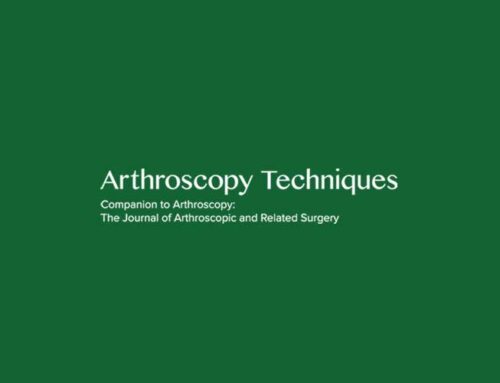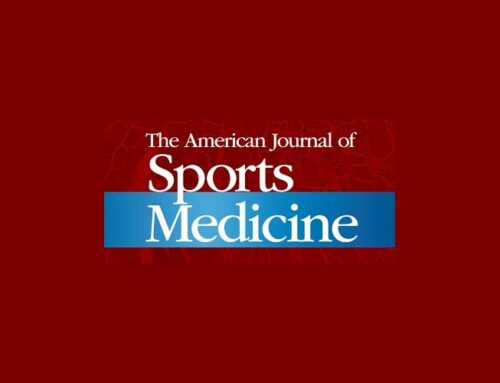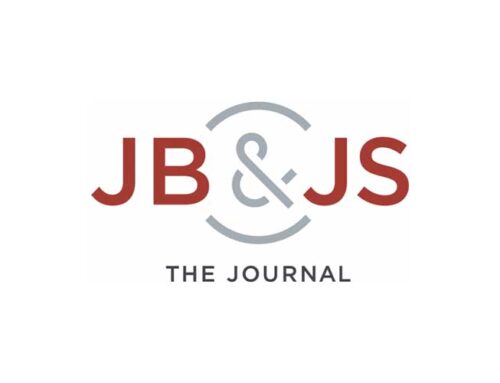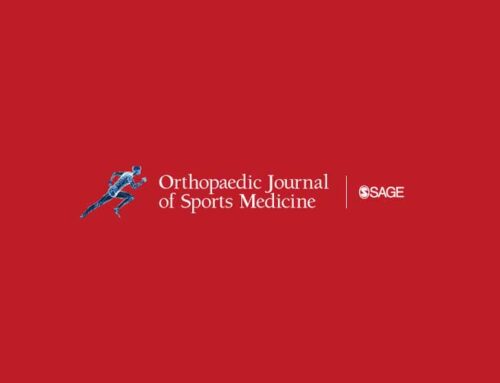BACKGROUND:
Lesions associated with posterior humeral avulsion of the glenohumeral ligament (HAGL) can lead to persistent symptoms related to posterior shoulder instability and can be commonly missed or delayed in diagnosis.
PURPOSE:
To identify and characterize the MRI findings in patients with a posterior HAGL lesion.
STUDY DESIGN:
Case series; Level of evidence, 4.
METHODS:
This retrospective case series included 27 patients (28 shoulders) identified by search through the senior authors’ databases, with cross-reference to their institutional radiologic communication system for MRI review. Baseline patient demographic data were collected, including age and sex. All posterior HAGL lesions were identified on MRI and characterized as partial, complete, or floating lesions. All acute glenohumeral pathologic changes concurrent with the posterior HAGL were documented. Chondrolabral retroversion of the injured shoulder was measured on axial MRI.
RESULTS:
The average age of the identified cohort was 33.6 years (range, 15-81 years), and 23 patients were male (86%). Posterior HAGL injuries were found to be complete tears (71%), partial tears (25%), and floating lesions (4%); concomitant bony HAGL avulsion was found in 7% of injuries. Additional traumatic glenohumeral disorders occurred in 93% of cases. The most common concurrent injuries were reverse Hill-Sachs lesions (36%), anterior Bankart lesions (29%), and posterosuperior rotator cuff tears (25%). Notably, concomitant anterior labral or capsular injury was found in 50% of patients, signifying bidirectional disruption of the capsule. In addition, increased chondrolabral version was found in this cohort (10.2° ± 3.7° retroversion).
CONCLUSION:
This study depicts the high association of combined injury with posterior HAGL lesions and increased chondrolabral retroversion. Findings on MRI related to a posterior HAGL injury could potentially be masked by additional injury and may occur with mechanisms that also lead to anterior glenohumeral disorders.









